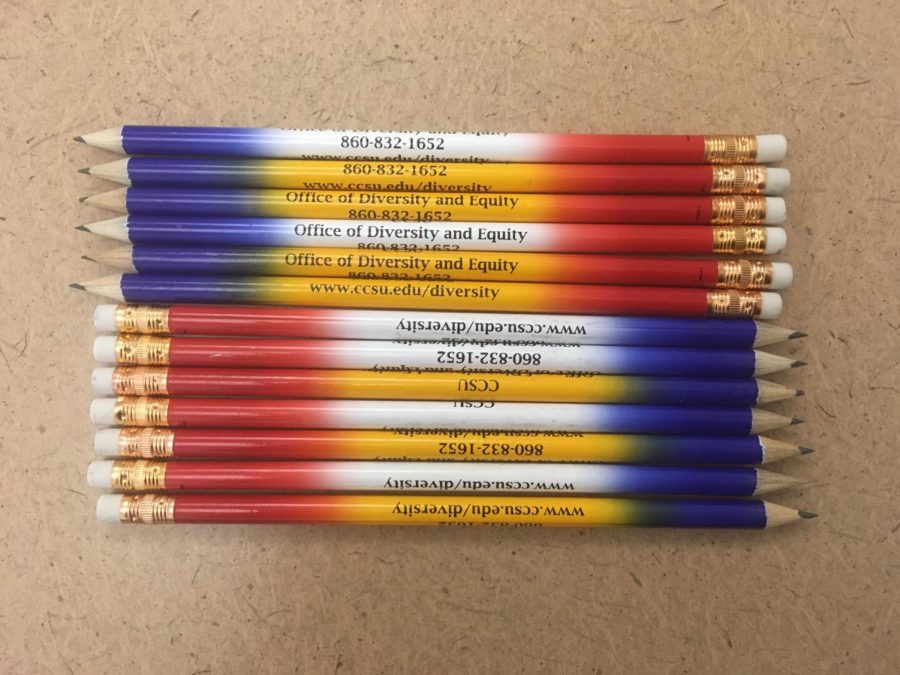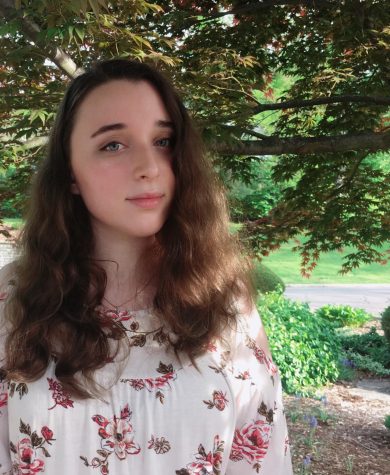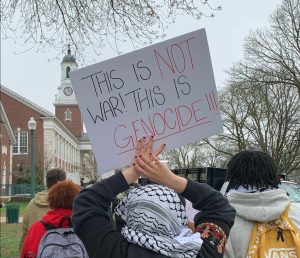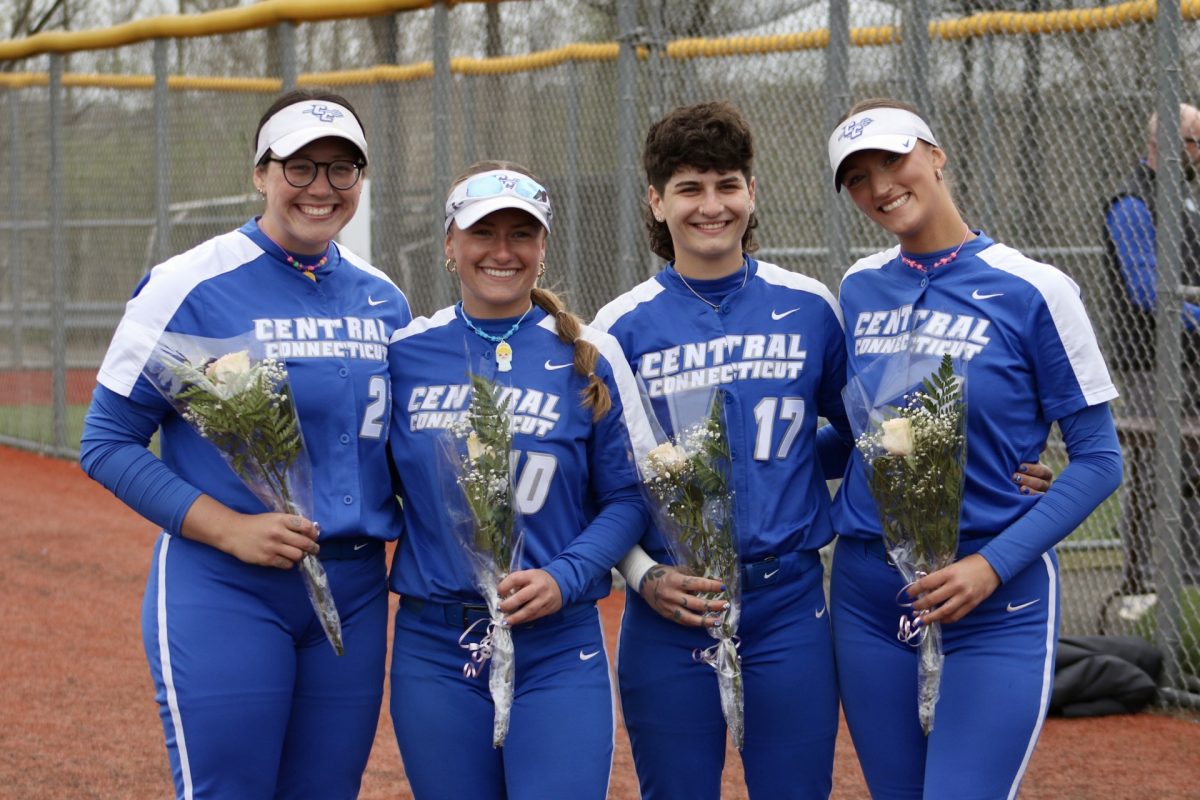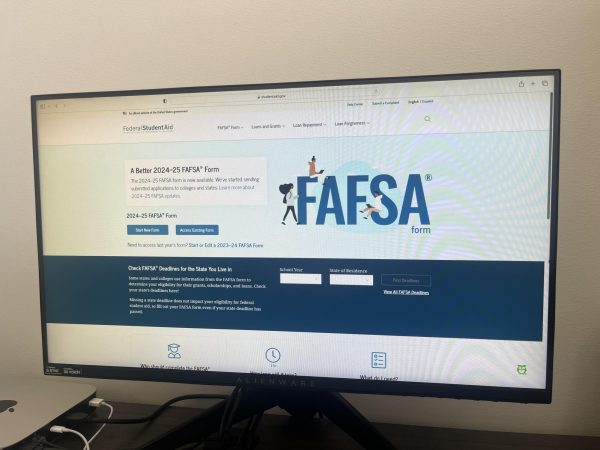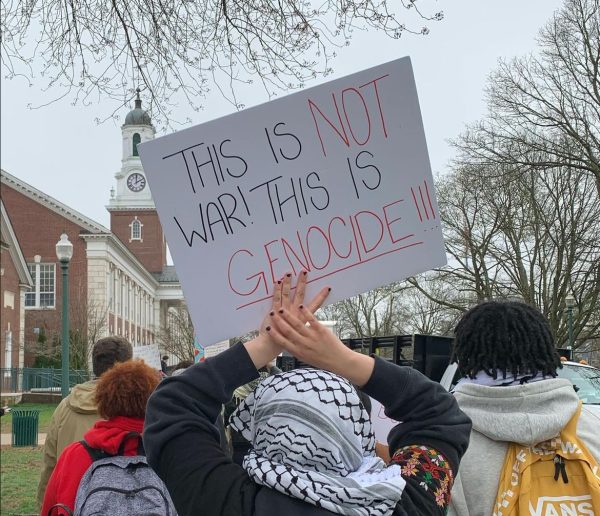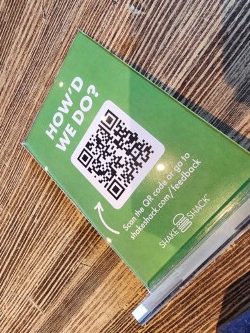CCSU Students Learn To Be Positive Bystanders
September 26, 2018
Central Connecticut is mostly quiet on the weekend. Besides the occasional student roaming down the campus’ pathways or through a building, the scenery lacks the weekdays’ usual hustle and bustle.
But in the Student Center’s Philbrick Room this past Saturday afternoon, nine students gathered to participate in the “Bringing in the Bystander” workshop the Student Government Association now requires of club executive boards if they want funding.
“What is a bystander?” Sarah Dodd, Central’s victim advocacy and violence prevention specialist, asked the group. “When you hear that word, what do you think? Are our perceptions of them positive, negative or both?”
“[They’re a] witness,” one student answered. “The general view is that they’re a coward,” another replied. More hands went up from a variety of different clubs’ e-board members, the engagement pleasing Dodd, and with that, the one-and-a-half-hour training session began.
“Bringing in the Bystander” is an “evidence-based” bystander intervention program by NASPA, or the Student Affairs Administrators in Higher Education, aimed at teaching bystanders “how to safely intervene in instances where sexual violence, relationship violence or stalking may be occurring or where there may be a risk that it will occur.”
The Connecticut Board of Regents bought the rights to the training for all Connecticut State Colleges and Universities about a year-and-a-half ago through the Safe and Friendly Environment, also known as the SAFE, grant.
CCSU’s Athletics Department was the first to ask the Office of Diversity and Equity for the trainings for its teams, Dodd said. Resident assistants and people who chose to participate in open sessions were also trained, though not many showed up to the open sessions, causing cancellations.
“We want to do this training for as many people as we can,” Dodd said in a post-interview. For her, the mandatory aspect means reaching more of the campus community and teaching them empathy for survivors, as well as the skills to intervene effectively. “I want to facilitate it to anyone I can. I believe in this training.”
And that showed. Pacing at the front of the room where a projector displayed her presentation, Dodd expressed the gravity of the training and her intentness to teach it to the small group.
“I am going to talk really directly about sexual violence and intimate partner violence. This is not a training where we are going to dance around or screw around what these issues look like on college campuses,” she told the students.
Dodd cited several real-life examples, one being the 1987 University of New Hampshire sexual assault of a female freshman by three male students. Dodd and the group examined how multiple bystanders had the opportunity to stop the assault, including an RA who saw it firsthand and gave the three students what could be considered a slap on the wrist.
“That’s so mind-boggling,” a male student said of the mentioned RA in the after-discussion.
Dodd also brought up the 2010 murder of Yeardley Love as an instance of intimate partner violence and again asked the group to identify how the case’s bystanders could have helped prevent Love’s death.
Additionally, Dodd referenced Brock Turner’s 2015 rape of an unconscious woman as an example of positive bystander intervention, lauding the students who pulled Turner off of the victim and those who rushed to her aid. Furthermore, Dodd stated that the Californians who voted to recall the judge who gave Turner a light sentence was in and of itself a form of positive bystander intervention.
“It’s not just thinking about how we’re affecting people directly, but how we are indirectly changing the culture of our communities,” Dodd said.
Dodd then asked students to do an activity where they wrote the name of the person they trust the most, the place where they feel the safest, their favorite class and a secret on four individual slips of paper. One by one, she told the students to tear each paper up, saying that they could no longer trust that person and could no longer go to that place or that class. The secret, she said, they’d have to keep forever.
The activity was meant to walk students through what a victim of sexual assault experiences. Dodd explained that survivors had commended her for the activity, saying that they wanted others to understand the consequences beyond the physical trauma.
The positive feedback went further than just the activity. Dodd described how survivors, with many telling her that the world changes color and grows dimmer after an assault, valued the gravitas of the “Bringing in the Bystander” training.
“They appreciate that we talk about these issues with the seriousness that they deserve. This is not a training where we’re joking around bystander intervention,” Dodd said. “These are really serious issues.”
The effectiveness of the training is difficult to measure, with even Dodd stating that all people’s understandings and perceptions of sexual assault are different. The SGA pushed them with the goal that club leaders would relay the information to their members, thus increasing the number of trained students on campus.
When asked if he would do so, one student’s response was as complicated to decipher as the trainings’ effectiveness.
“I don’t mean to generalize, but I feel like the type of people in my club don’t tend to do stuff like this,” the student, who felt uncomfortable with being named, said. “These kinds of situations tend to be more popular with athletes, which is why I think it’s great they do it with the [National Collegiate Athletic Association].”
“So, for my club specifically, probably not,” he continued. After a few more seconds, he switched. “Yes. As a matter of fact, I will, at the next meeting.”
